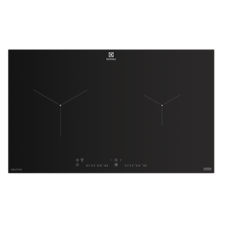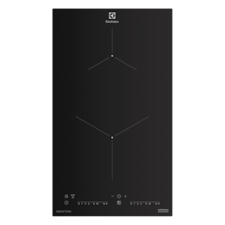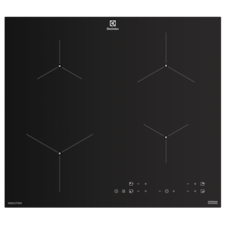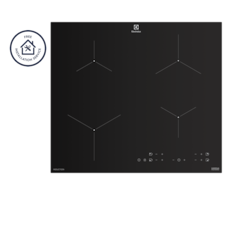It happens to the best of us - one extra pinch of salt, a distracted moment at the stove, and suddenly your dish is on the verge of inedible. Over-salting is a common kitchen mishap, and the frustration it brings can feel like a ruined effort. But knowing how to deal with salty food is an essential skill for any cook.
In this guide, we’ll walk you through practical, expert-backed techniques to rescue over-seasoned dishes. Whether it’s a pot of soup, a rich stew, a delicate sauce, or even grains and meats, we’ll help you fix it without starting over.
Why does food get too salty?
It’s not always carelessness, sometimes, it’s just the nature of cooking. One of the first steps in learning how to deal with salty food is understanding why it happens in the first place. Misreading a recipe, using salted ingredients without adjusting the seasoning, or an accidental spill can all lead to over-salting.
Additionally, as liquids reduce during cooking, flavors concentrate - including the salt. While not every overly salty dish can be fully “fixed,” the good news is most can be salvaged with the right techniques.
How to deal with salty food: Expert techniques to rescue your dish
If you’ve ever found yourself wondering how to deal with salty food, you’re in good company. Over-salting is one of the most common, and most frustrating, kitchen mishaps. But the good news is, with the right techniques, many meals can be rescued rather than replaced.
Below are nine effective, chef-approved methods to bring balance back to your dish and your dinner table.
1. Dilute with unsalted liquid

When a dish turns out too salty, one of the easiest fixes is to add more liquid—unsalted broth, water, or even a bit of milk. This works especially well for soups, stews, and sauces, helping spread out the saltiness and blend flavors more evenly.
2. Add more ingredients
Increasing the volume of your dish without adding more salt can help restore balance. Try adding extra rice to a stir-fry, more pasta to a sauce, or additional vegetables to a casserole to stretch the salty flavors across a larger base.
3. Balance salt with acidity
A splash of lemon juice, a dash of vinegar, or the natural tang of tomatoes can help tone down saltiness. Acidity doesn’t remove salt, but it brightens up the dish and shifts your palate’s focus away from the salt.
4. Add sweetness to counterbalance
A little sugar, honey, or maple syrup can soften sharp, salty notes. This method works best in sauces and marinades, where just a touch of sweetness rounds out the flavor without overpowering it.
5. Incorporate dairy products to mellow
Dairy products like cream, milk, or yogurt can help smooth out overly salty flavors, thanks to their fat and protein content. Stirring a bit into sauces, soups, or curries can neutralize some of the saltiness while adding richness.
6. Potato trick (with caution)
While a common tip is to add raw potatoes to soak up excess salt, the truth is they mostly absorb water, not salt. That said, tossing a potato into a too-salty broth may help a little—just don’t expect miracles.
7. Rinse or soak salty solids
If you’ve over-salted ingredients like cooked vegetables or meat, a quick rinse under cold water can wash off surface salt. After rinsing, dry and reheat as needed to bring the dish back to life.
8. Pair with plain sides
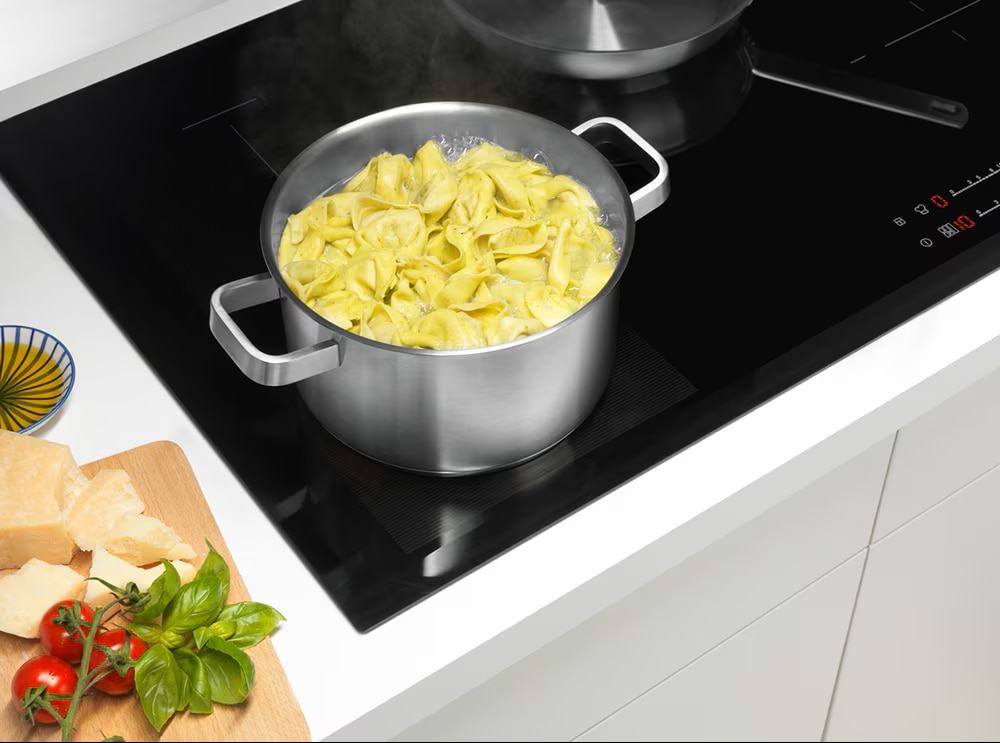
Serving your salty main with a neutral base like plain rice, crusty bread, or steamed vegetables can help balance each bite. It’s a simple way to temper saltiness and stretch the meal further.
9. Add richness with fat
Fats such as butter, olive oil, or coconut milk coat the tongue and soften the perception of salt. Stirring in a bit at the end of cooking can help smooth out bold flavors and create a more harmonious finish.
Read more:
How to prevent adding too much salt to a dish
When learning how to reduce saltiness in cooking, prevention is just as important as the fix. Below are answers to common questions that can help you avoid over-salting in the first place, so you won’t need to wonder how to reduce the salty taste in cooking later.
- Taste as you cook: Regular tasting allows for gradual seasoning adjustments and helps keep flavors balanced as ingredients simmer and reduce.
- Use accurate measuring tools: Using teaspoons, tablespoons, and measuring cups ensures precise salt quantities, reducing the risk of over-seasoning.
- Choose low-sodium ingredients: Opting for low-sodium broths, sauces, and canned items provides better control over overall salt levels in a dish.
- Add salt in stages: Since salt intensifies as liquids reduce, adding it gradually lets you fine-tune the flavor without overdoing it.
- Follow recipes precisely: When experimenting with new techniques, for the best results, follow step-by-step instructions like those from Electrolux’s curated recipes.
What to remember when dealing with salty food
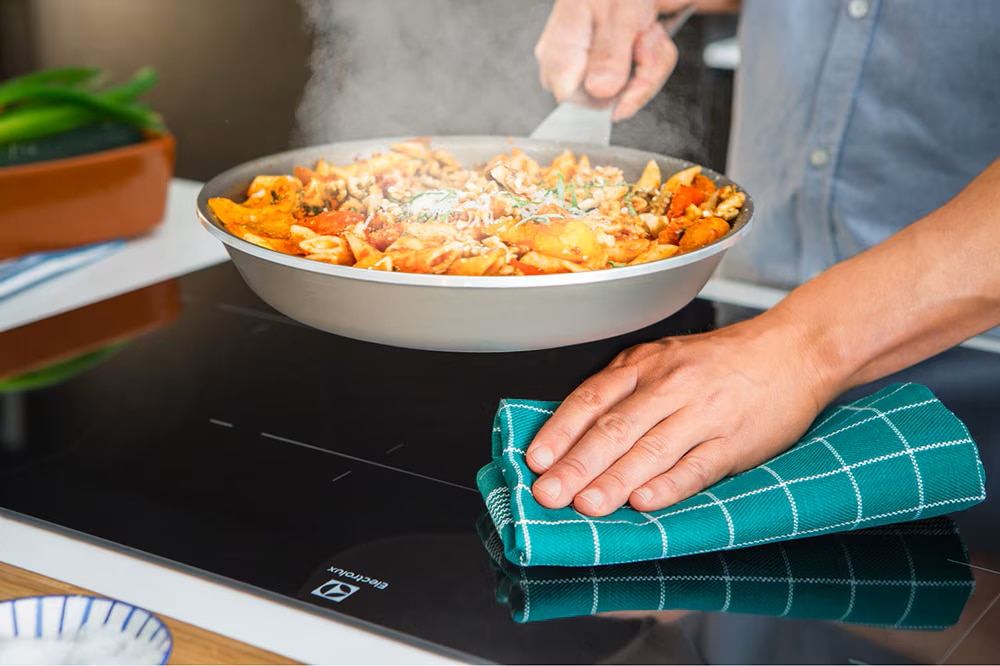
Over-salting a dish doesn’t have to mean starting over. With practical techniques like dilution, balancing with acidity or sweetness, and using neutral ingredients, you now know how to deal with salty food and bring it back into balance. These methods not only save your meal but also help reduce waste and preserve valuable ingredients.
As with most things in cooking, prevention plays a key role. Measuring carefully, tasting frequently, and understanding how to reduce the salty taste in cooking will improve your confidence and consistency over time.
For those looking to enhance their control in the kitchen, precision tools can make a difference. Electrolux induction hobs offer features like PowerBoost, residual heat indicators, power management, and safety settings like AutoOff and Child Lock—all designed to support better, more mindful cooking.
Check out some high-quality induction hobs in our stove and hob collection:

